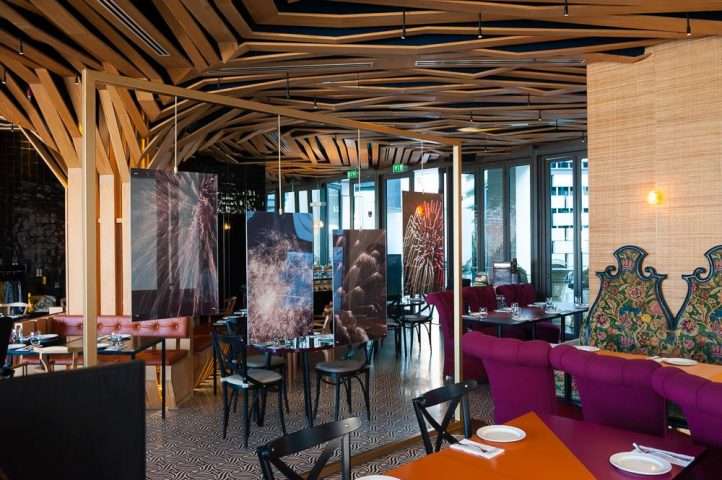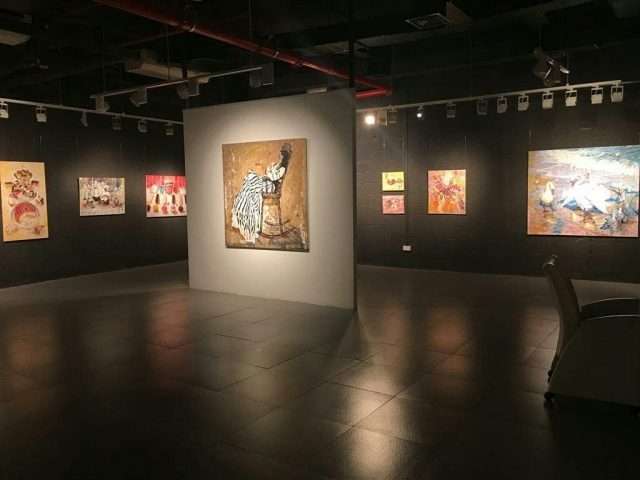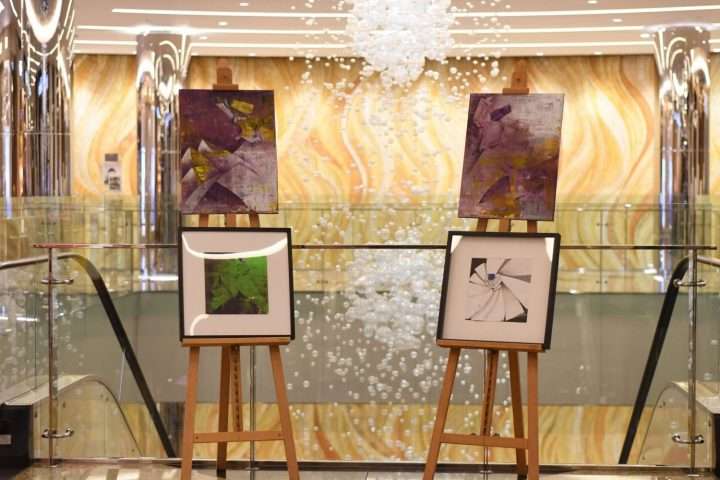Contact
- Al Kasir - Abu Dhabi
- +9712 6505830
- mail@mirajislamicartcentre.com
- mirajislamicartcentre.com
Islamic art and philosophy
In the harsh arid lands of Arabia, the message of the prophet (PBUH) of Islam was to bring new hope to the hearts of men. His strong yet simple message of divine love and devotion transformed all aspects of life and thought. Work became a form of worship, and art a celebration of divine beauty.
The artists of the era combined the rich influences of Persian, Byzantine, Sassanian techniques, styles, and forms to create a virtual renaissance in the world of art, architecture, music and literature. Art of Islam is essentially contemplated to express and encounter the divine presence. The artisan uses his craft to convey this glory and to share awareness with the world.
As Islamic art and philosophy spread to all corners of the globe, various regional powers emerged, each seeking to establish superiority by promoting their diverse forms of artistic expression. This collective genius came to symbolize the cultural sophistication of their patrons and the identity of the state.
Expertise from Syria, Egypt and as far as Persia was brought together under the banner of an Islamic culture. The rich textiles and royal silk robes of Persia; jewel-encrusted ceremonial objects of Turkey; intricately designed textiles and silk carpets of Kashmir; finely crafted weapons of Damascus; gold painted ceramics of China; illuminated miniatures of Iran depicting religious and literary themes from epics, epitomized a sublime and elegant statement of oriental opulence under the patronage of the sultans and emperors.
For most of the thirteen centuries, Islamic rulers combined their roles of a monarch with that of a patron of art and craft; shaping lifestyle. Perhaps this is what elevates the Islamic culture from the simply fascinating to an icono-graphic enigma.



